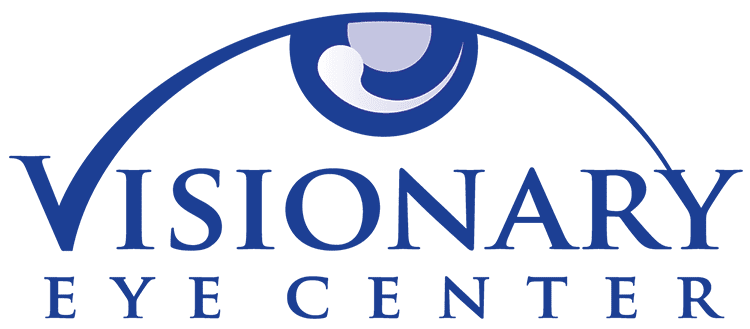Warm compresses can aid those with lipid based tear film dysfunctions. In meibomian gland dysfunction the oil produced stagnates within the gland. By heating the lids it is possible to loosen the oil and when followed with a lid massage these glands can be expressed and restore oil flow onto the tear film. Caution must be taken when using warm compresses not to rub the eyes immediately afterwards, nor over heat the eye, as these actions can lead to corneal warping.
Meibomian Gland Expression
Meibomian gland expression is an in office procedure that can help clear blocked meibomian glands. Using the FDA approved TearCare system, the Smartlid warming applicators gently heat the lids while you relax. This loosens the thickened oils in the meibomian glands so they can be massaged out, clearing any blockages.
Fatty Acids Like Omega-3’s
Fatty acids like Omega-3’s commonly found in fish oil have been shown to reduce inflammation and dry eye symptoms. Our biggest caution is beware of low concentrations and heavy metal toxicity. We specifically recommend 2000mg total of EPA and DHA daily. Our current trusted source of Omega-3’s is ProOmega 2000 from Nordic Naturals.
Anti-inflammatory Medication
Anti-inflammatory medications are a mainstay in dry eye therapy. Corticosteroids provide the biggest effect. Lotemax and FML are often used to rapidly reduce the inflammation associated with dry eye. Corticosteroids are very safe when used judiciously, but they do require frequent visits to monitor for spikes in intraocular pressure and cataract formation.
Immunomodulating drugs like Restasis and Xiidra have become a great tools for use in dry eye therapy. Both drugs are relatively free of dangerous side effects and safe very a lifetime of use if need be. Tetracyclines like doxycycline and minocycline and macrolides like azithromycin all show the ability to reduce inflammatory modulators on the ocular surface. These may be prescribed both topically and orally. For those taking tetracyclines we recommend caution when enjoying the sunny Nevada days as they can increase your risk of sunburn. Many of these drugs are safe for long-term treatment.
Punctal plugs work to slow the natural drainage of tears from the eyes. Acting like little dams, punctal plugs are inserted into the puncta, the opening of the nasolacrimal duct. This painless in-office procedure only takes a minute and can provide much relief from patients with tear film volume issues.
Moisture goggles can be worn to slow the effect wind has on the evaporation rate of the tear film. These can be soft goggles meant for overnight wear like the those from Eye Eco, or for daytime use we find frames that come with a foam gasket like the ones from Wiley X work well.
Intense Pulsed Light (IPL) Therapy
Intense pulsed light (IPL) therapy has shown great promise in reducing inflammation in the lids and helping dry eye. And it makes your skin look great to boot! We offer IPL treatment in our Reno office.
Autologous serum is derived from the patient’s own blood. Blood serum has been shown to provide healing effects on corneal defects that have been resistant to previous treatments. This option is reserved for those with severe dry eye.
Scleral shells can be used to create a moisture chamber over the corneal surface, protecting it from the environment. This option is meant for those patients with severe dry eye. As the only office in Reno/Sparks with Visante OCT technology, our office is uniquely suited to fit these specialized lenses.
Biologics made from amniotic tissue have been a great tool to heal stubborn damage caused by dry eye. We use amniotic membranes like Prokera and drops like Regener-Eyes for those patients where traditional treatment options have failed.
Radiofrequency therapy gently warms the eyelids allowing for liquification of stubborn trapped meibomian oils, allowing our Reno doctors to open up your glands and improve your dry eye.
Low Level Light Therapy (LLLT)
In the context of dry eye treatment, low-level light therapy (LLLT) involves the use of red or near-infrared light to stimulate the meibomian glands, reduce inflammation, improve tear production, and enhance overall ocular surface health. It is particularly effective for managing meibomian gland dysfunction (MGD), a common cause of dry eye disease, by improving the quality of the tear film and alleviating symptoms.
 775.827.1100info@visionaryeyecenter.com8175 South Virginia Street Suite B-900
775.827.1100info@visionaryeyecenter.com8175 South Virginia Street Suite B-900